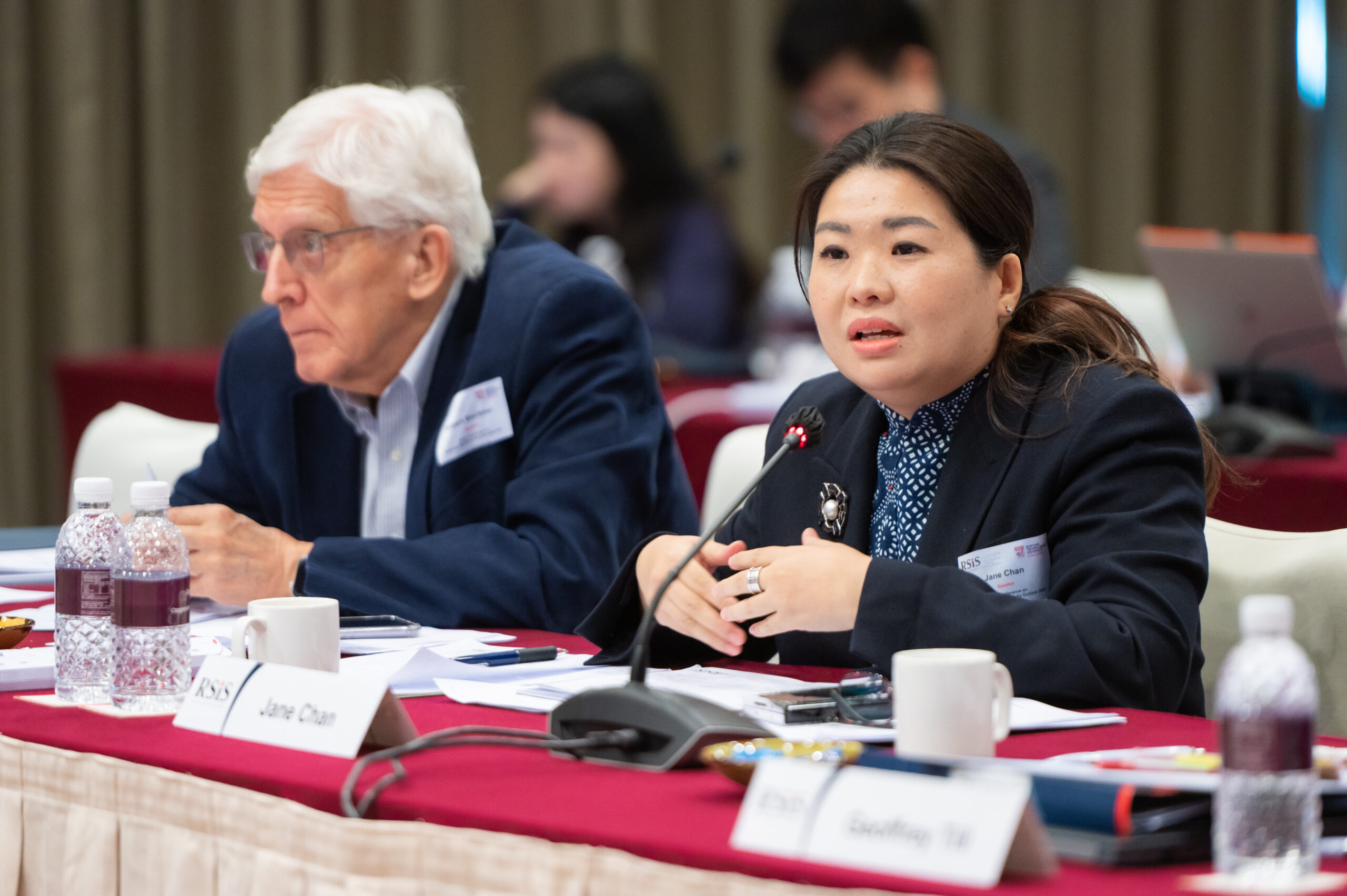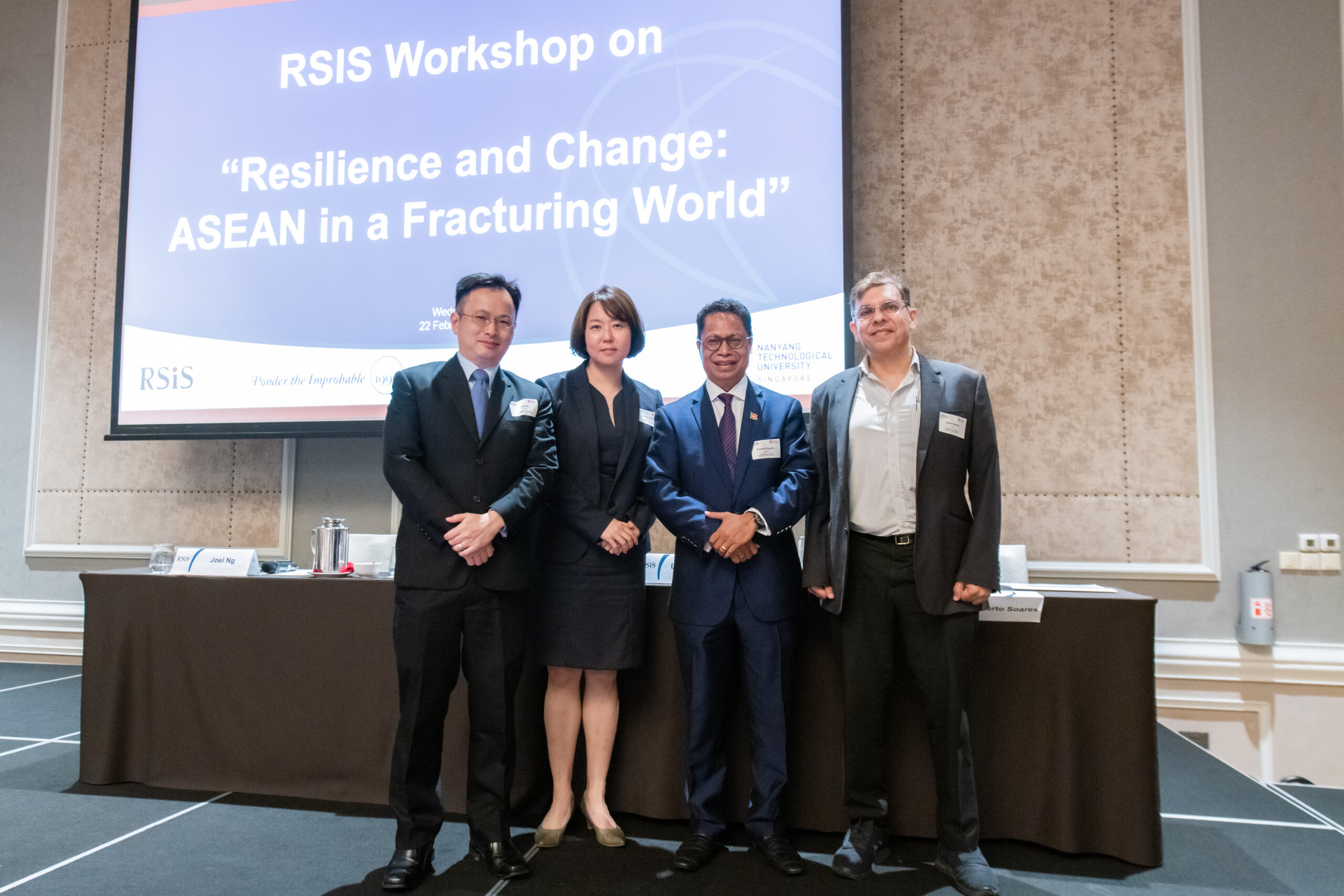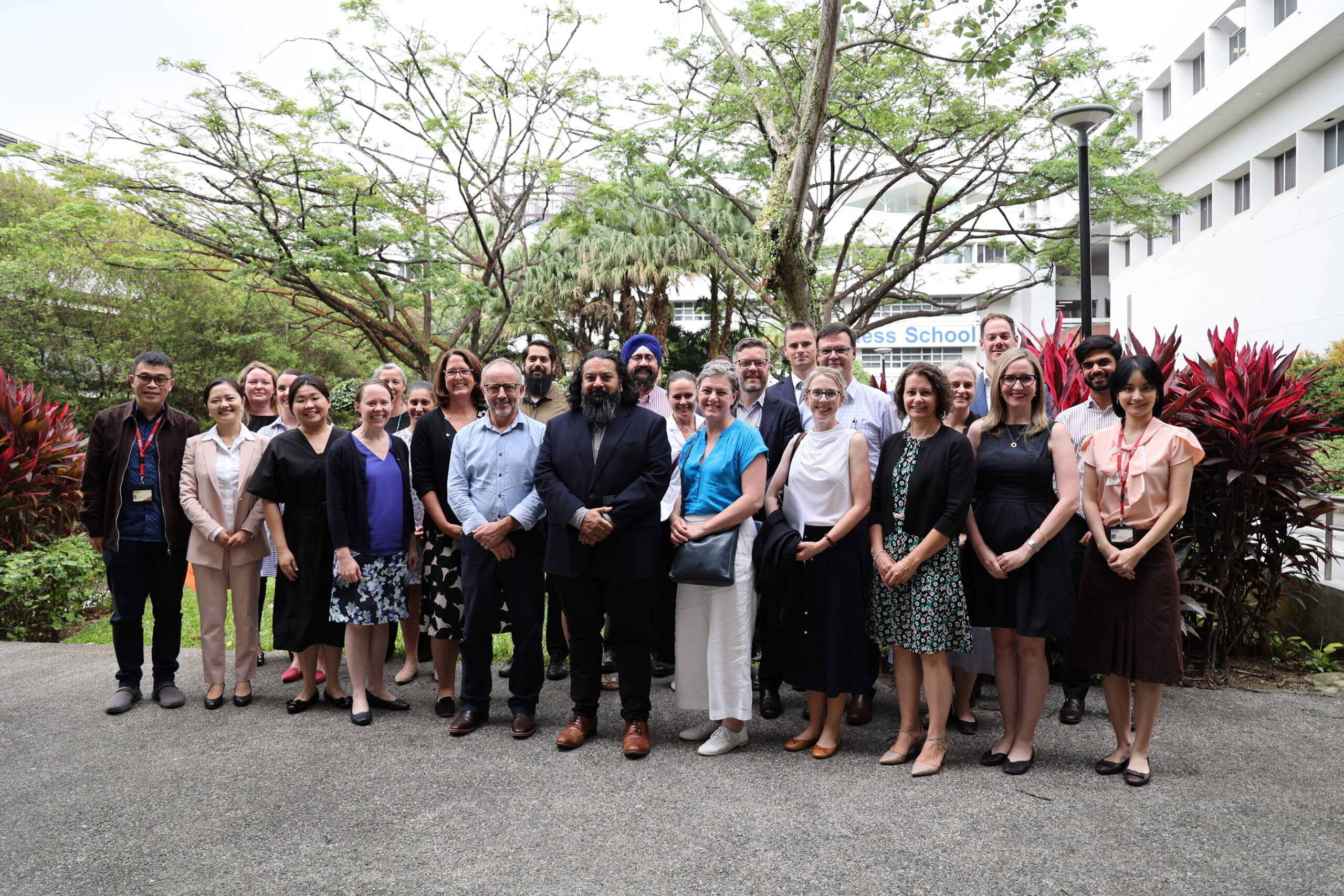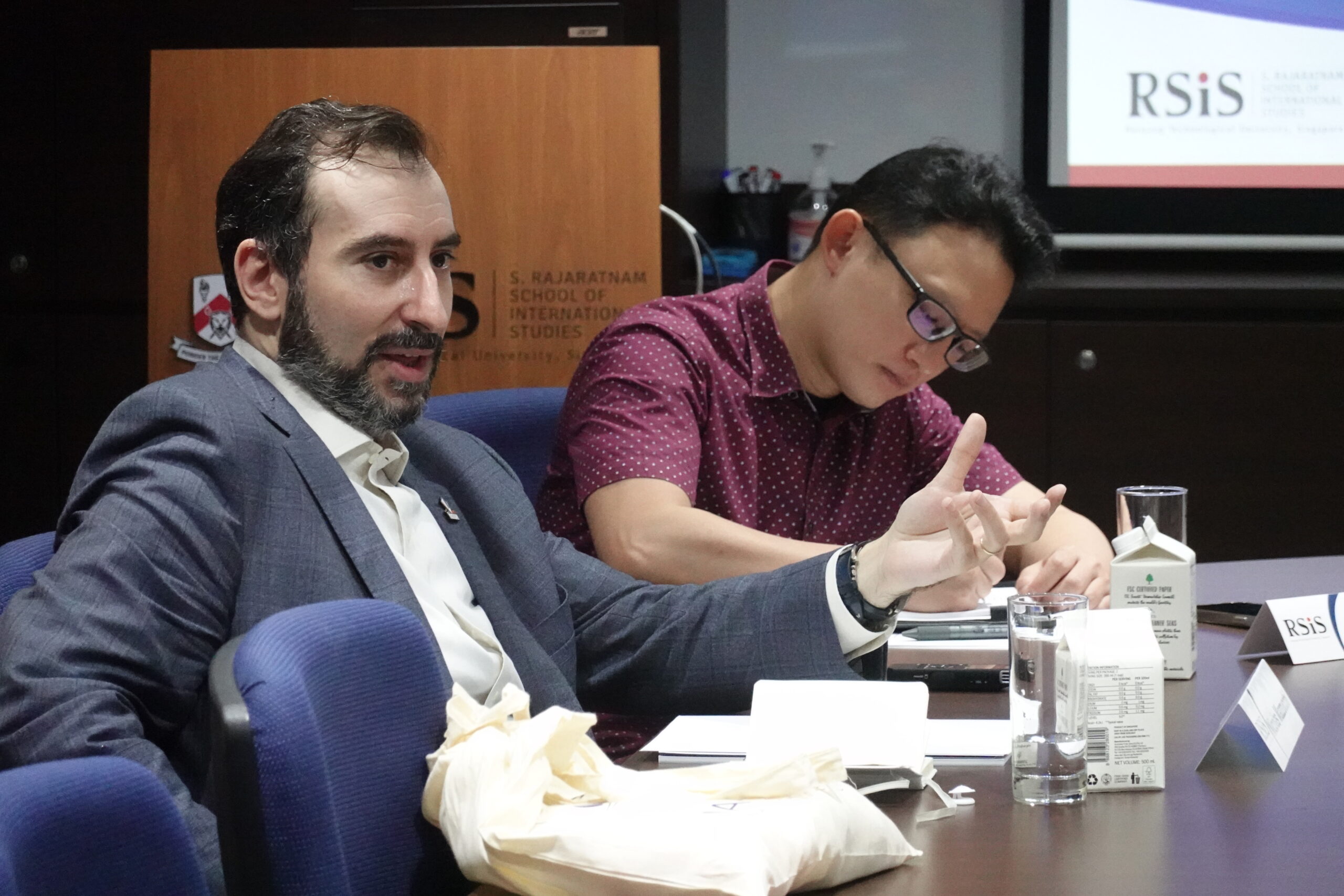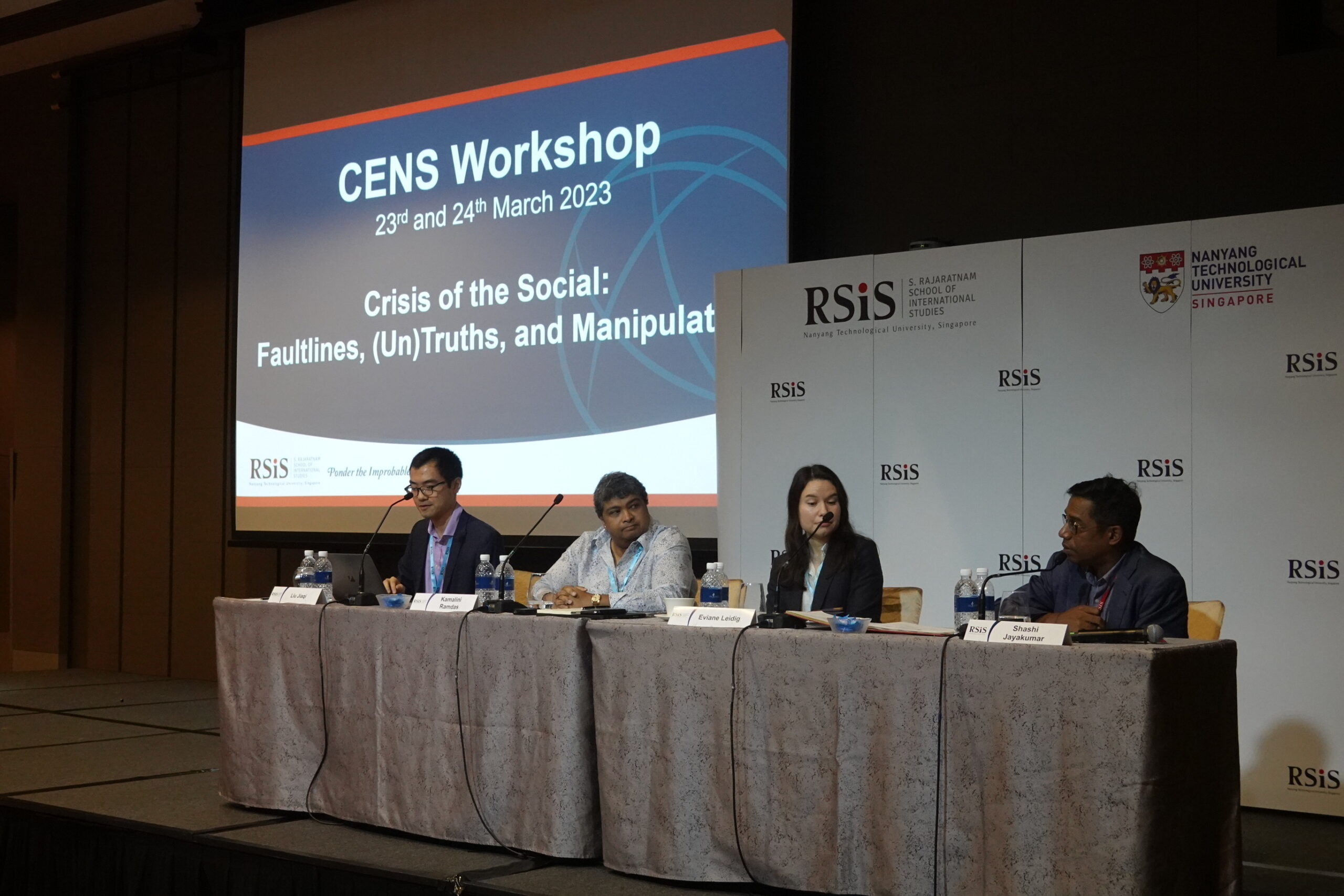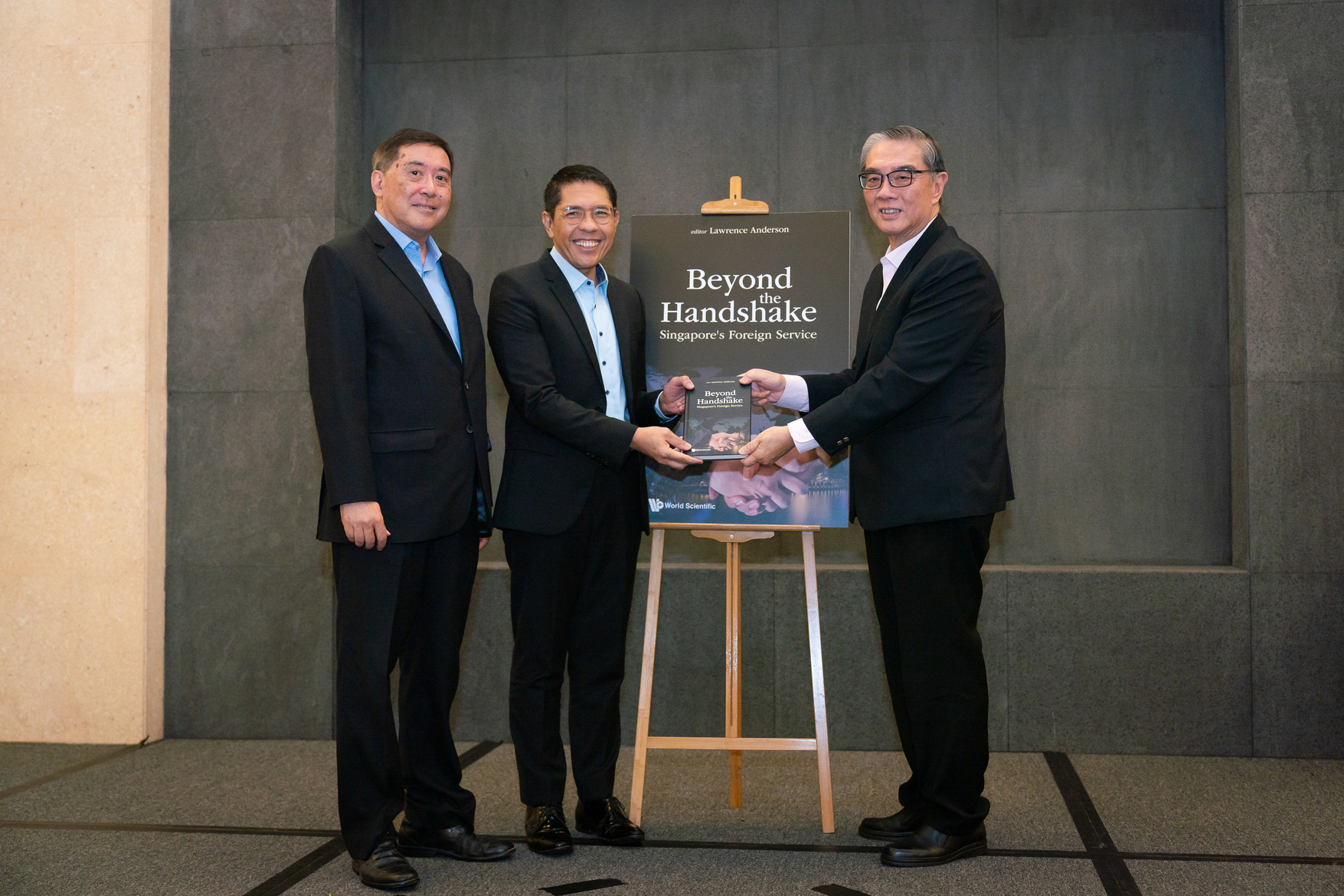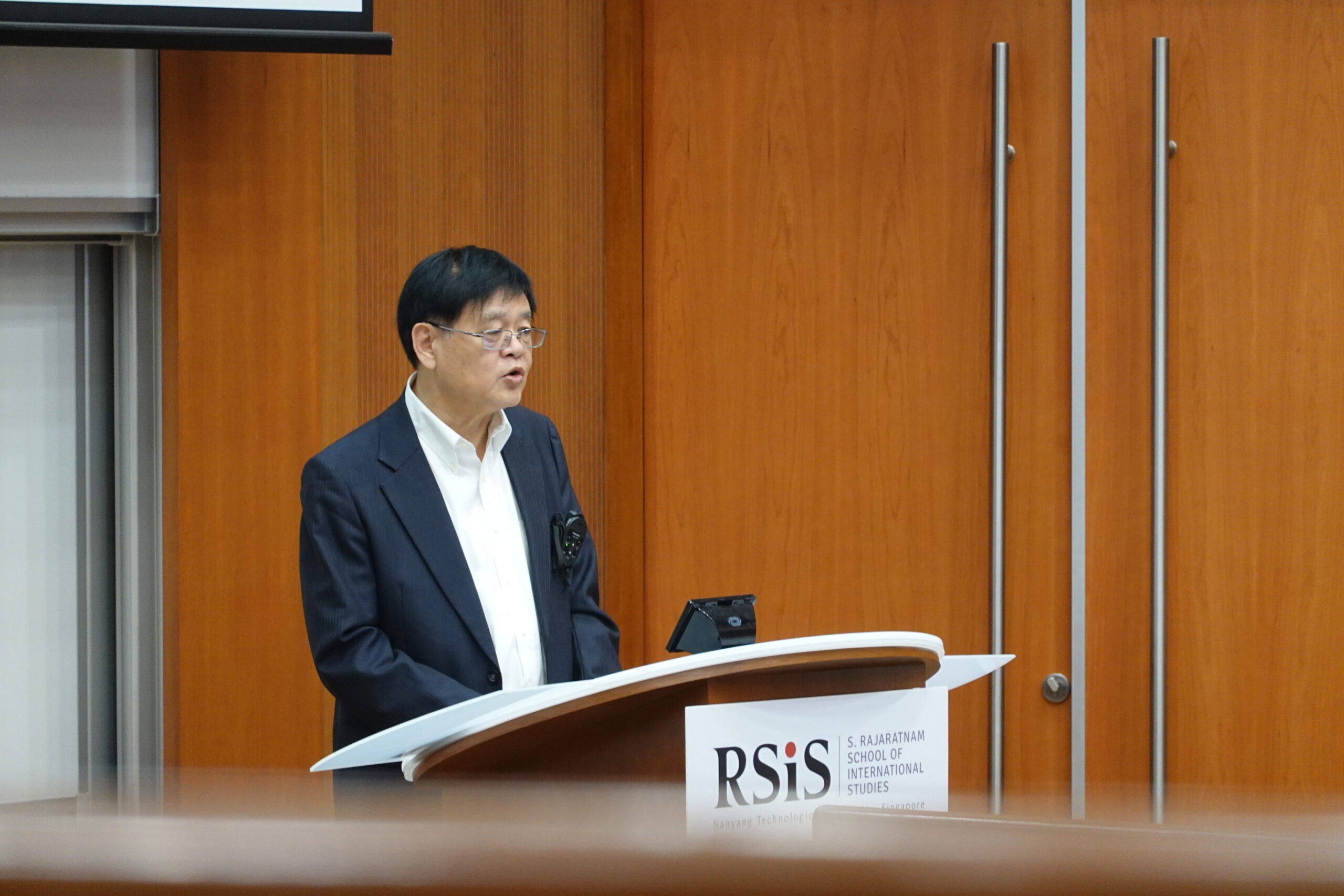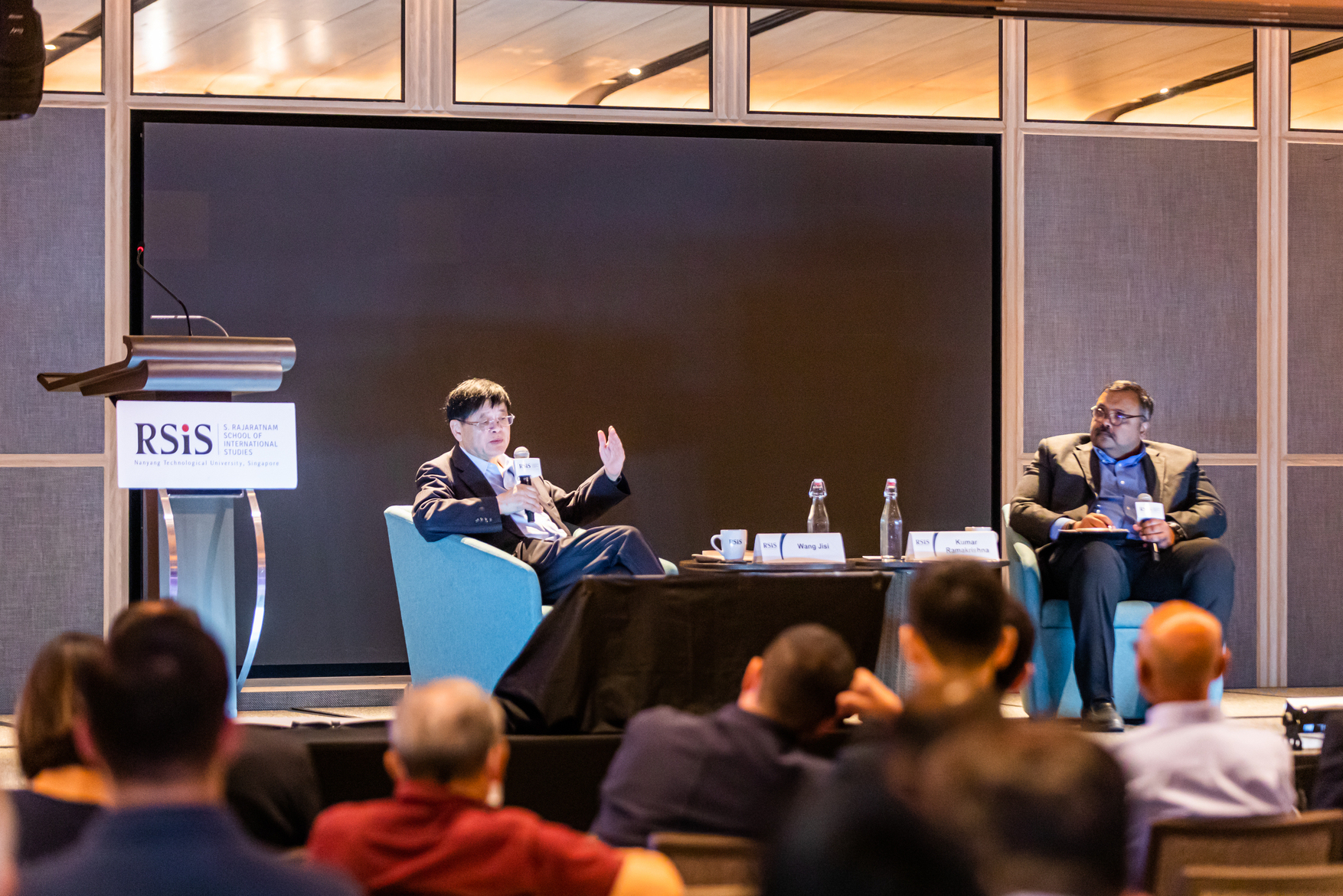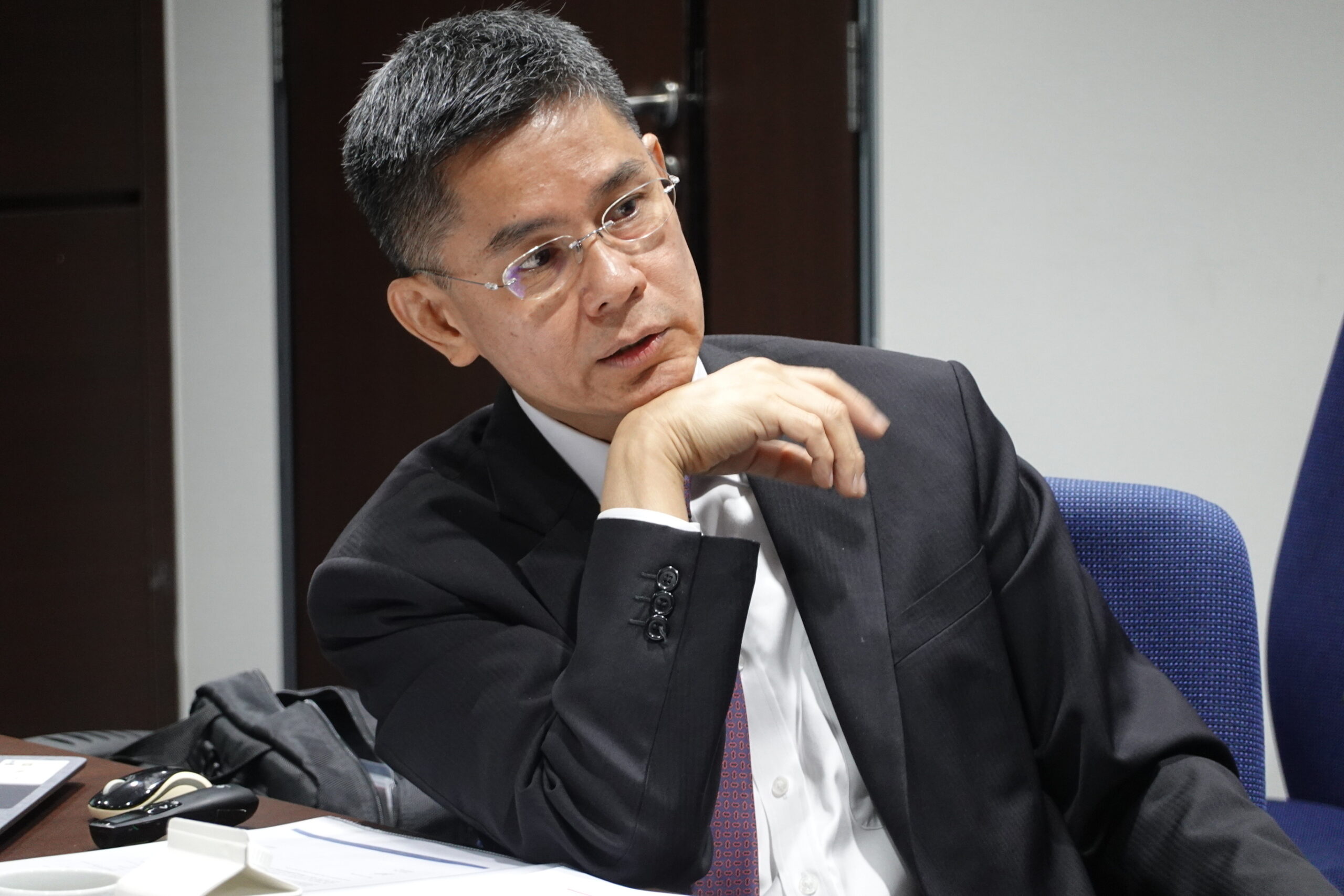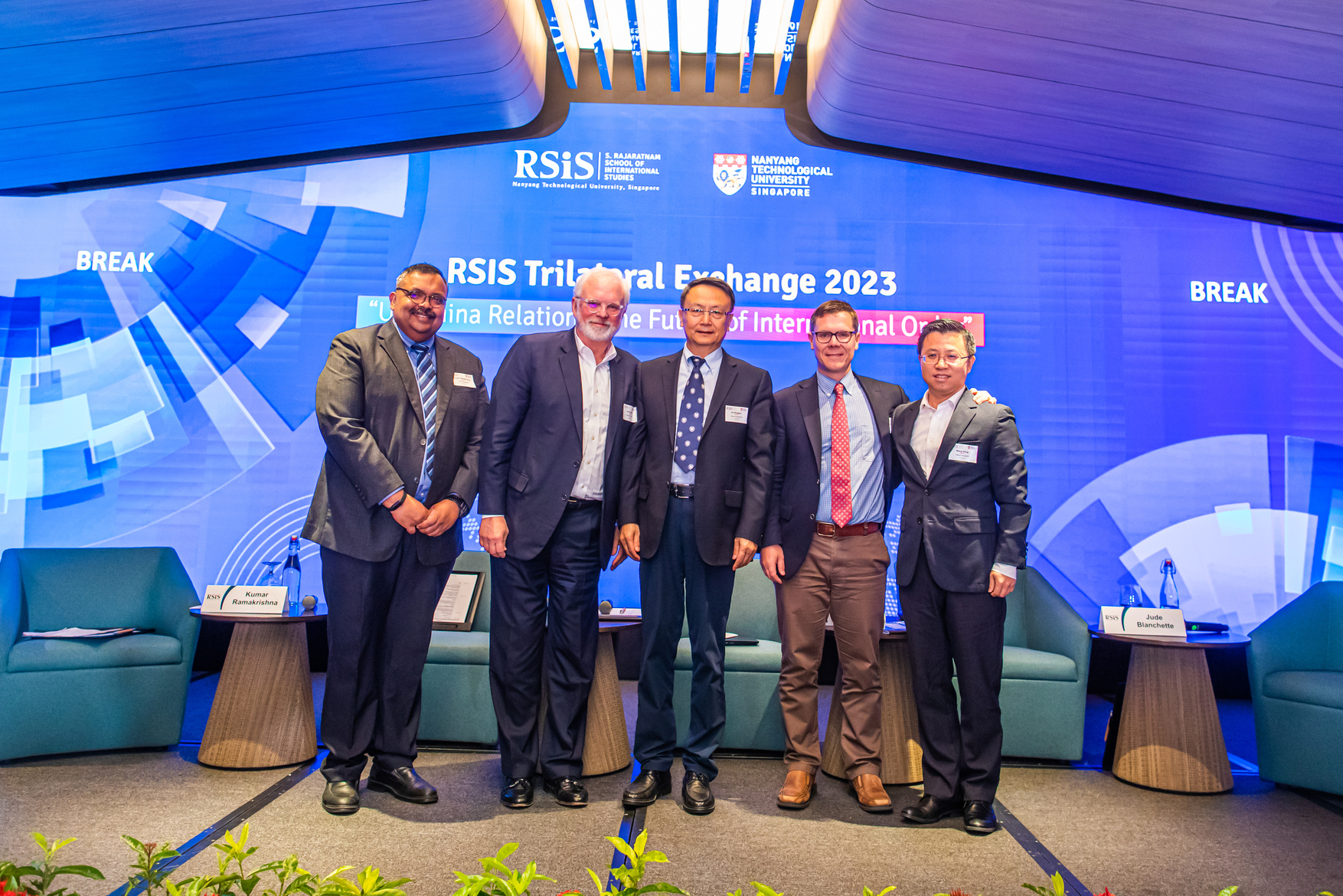
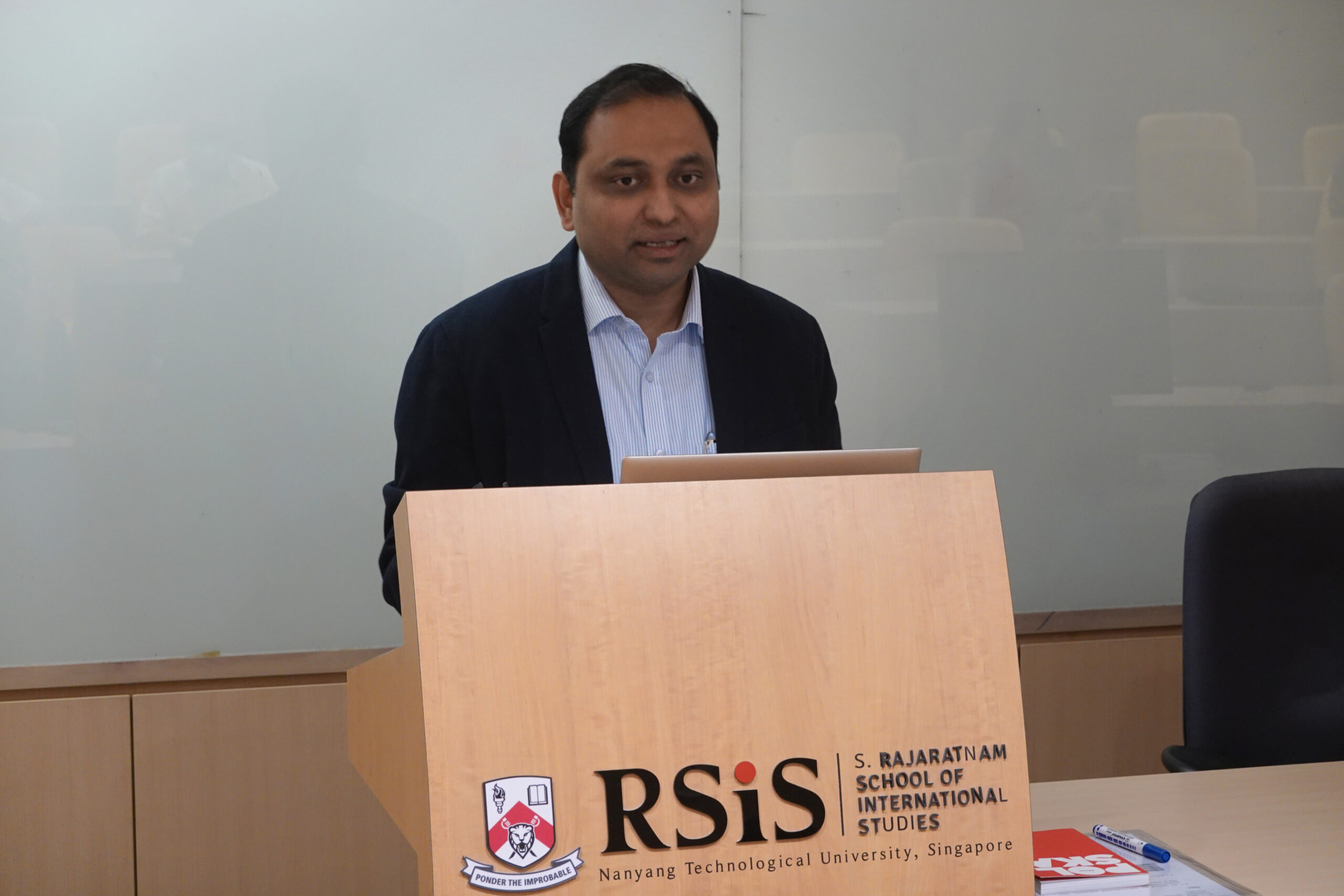
On February 23 2023, the South Asia Programme at RSIS hosted Mr Dipanjan Roy Chaudhury, the diplomatic affairs editor for The Economic Times, a leading Indian daily, who gave a public lecture on India’s relationship with China over the past two decades, and the impact of the Ladakh standoff in 2020 on the bilateral relationship.
Mr Chaudhury began by giving an overview of the India-China relationship from 2004 to 2020. In 2004, both countries agreed to appoint special representatives to resolve the boundary dispute. The special representative mechanism then expanded to include discussions on all issues pertaining to the bilateral relationship including economic engagement and political coordination on global/strategic issues. The assumption underpinning this engagement was that the boundary dispute could be kept separate from other aspects of the relationship.
However, issues including a growing trade deficit, a deepening partnership with the United States, and support to Pakistan, began to hinder the relationship. China’s aggressive patrolling and transgressions along the Line of Actual Control made managing the bilateral relationship even more challenging. Ultimately, the 2020 Galwan Valley clashes marked an inflection point in the relationship. India now calls for peace and tranquillity on the border as a prerequisite for the resumption of normal engagement. Public perception has also turned sour. Most Indians now see China as India’s primary adversary. The Indian public also holds China responsible for the COVID-19 pandemic. This will make resolution of the border dispute even more challenging.
During the Q&A with the audience, Mr Chaudhury discussed the future trajectory of the bilateral relationship. Pointing India’s presidency of the G20, Mr Chaudhury stated that India has strong incentives to seek stability along the border. However, it was unclear how the two countries would proceed following disengagement at the border.




